Apple has been playing catch-up in smartphone photography for years, and the iPhone 18 Pro might finally close a big gap. Samsung pioneered variable aperture tech in 2018. Now Apple looks ready to embrace it in a big way. The timing is interesting, competition is heating up, and people want pro-grade tools in their pockets.
Supply chain expert Ming-Chi Kuo has confirmed that both iPhone 18 Pro models will feature variable aperture technology in their main cameras, according to Mashable. That is a shift for Apple, which has leaned on computational photography rather than hardware-based aperture control. The feature will specifically target the 48-megapixel Fusion camera, as reported by Mashable. Dutch company BE Semiconductor will supply the assembly equipment for the aperture blades that make this tech possible, Mashable notes.
PRO TIP: Variable aperture gives you manual control over how much light hits the camera sensor. Wider apertures, lower f-numbers, let in more light and create background blur, while narrower apertures keep more of your scene in focus.
Samsung's head start in variable aperture tech
Here is the wrinkle that makes this news pop: Samsung shipped variable aperture almost seven years ago. The Galaxy S9 series launched with it in 2018, according to Neowin. While most phones still use fixed apertures, Samsung’s early effort showed what was possible in low light and with depth control, Neowin reports.
Why did not everyone adopt it immediately? Cost, for one. Also, squeezing moving aperture blades into a tiny phone module takes precision that many suppliers struggled to scale. The payoff is flexibility, phones can shift aperture for bright streets at noon and dim restaurants at night, something fixed systems cannot match, as noted by Neowin.
Other manufacturers like Huawei and Honor have used variable aperture in flagships too, Neowin confirms. So Apple is not just trailing Samsung, it is stepping into a broader trend that has finally matured. Sunny Optical will serve as the primary supplier for iPhone 18 variable aperture components, bringing long Android experience into Apple’s ecosystem, according to Neowin.
What variable aperture means for iPhone photography
As Mashable explains, variable aperture gives photographers direct control over light and depth of field, similar to what you get on DSLR and mirrorless cameras from Sony and Canon, as Mashable reports. Expect more natural background blur and the option to keep a scene sharply in focus when the moment calls for it, according to Mashable.
Think about a portrait in harsh noon light. With a fixed aperture, you are stuck with one look. With variable aperture, you can open up for creamy bokeh or stop down for crisp detail from eyelashes to skyline.
There is a caveat. Smartphone sensors are small, so the effect will have limits, Mashable notes. Unlike Portrait Mode’s software blur, variable aperture creates optical depth of field, AppleInsider reports. You get bokeh that looks more like glass than algorithm, as AppleInsider explains.
Supply chain partnerships and manufacturing timeline
Apple’s implementation comes with notable supplier moves. Samsung may supply 200-megapixel camera sensors for the iPhone 18, marking the first time Apple would use Samsung camera hardware in an iPhone, PhoneArena reports. Production at Samsung’s US facility is scheduled to begin in March 2026, according to PhoneArena. That would be a big leap from current iPhones that top out at 48 megapixels, translating to improved detail, better low-light performance through larger pixel bins, and stronger digital zoom, PhoneArena notes.
Here is the twist, Apple would be partnering with its biggest smartphone rival for camera tech. That runs counter to Apple’s usual habit of spreading risk across suppliers. Samsung already uses its 200 MP sensors in Galaxy flagships, so Apple would be tapping hardware refined over years of Android use.
The supplier ecosystem fills out the picture. Luxshare will serve as a secondary supplier alongside Largan Precision for variable aperture lens technology, Neowin confirms. Earlier rumors pointed to iPhone 17 in 2025, but Kuo’s latest analysis lines up with iPhone 18 in 2026, as reported by INRcup. The schedule depends on Apple’s readiness to integrate the system into its broader camera stack, Neowin suggests. In short, no rush, just the typical Apple cadence of shipping when the pieces click.
What this means for the future of iPhone photography
Bottom line, Apple adopting variable aperture is not just catch-up, it is a signal that hardware is back in the spotlight for camera gains. Computational photography remains a strength, but physical aperture control unlocks things software cannot replicate, Forbes explains. The iPhone 18 Pro could bring DSLR-like aperture control to a pocketable device, Android Authority reports. Expect fresh competition once Apple shows its take, INRcup notes.
Why should you care if iPhone photos already look good? Creative control. Right now, depth of field tweaks live mostly inside Portrait Mode’s software. Variable aperture gives photographers more of the feel of a real lens, without ditching the simplicity that makes iPhones easy.
The iPhone 18 Pro’s variable aperture system will not just borrow Samsung’s old trick, it will reflect Apple’s way of making pro tools feel effortless. Will it make your photos meaningfully better? I think so in the right situations, and it certainly looks like Apple’s most significant camera hardware evolution in years.




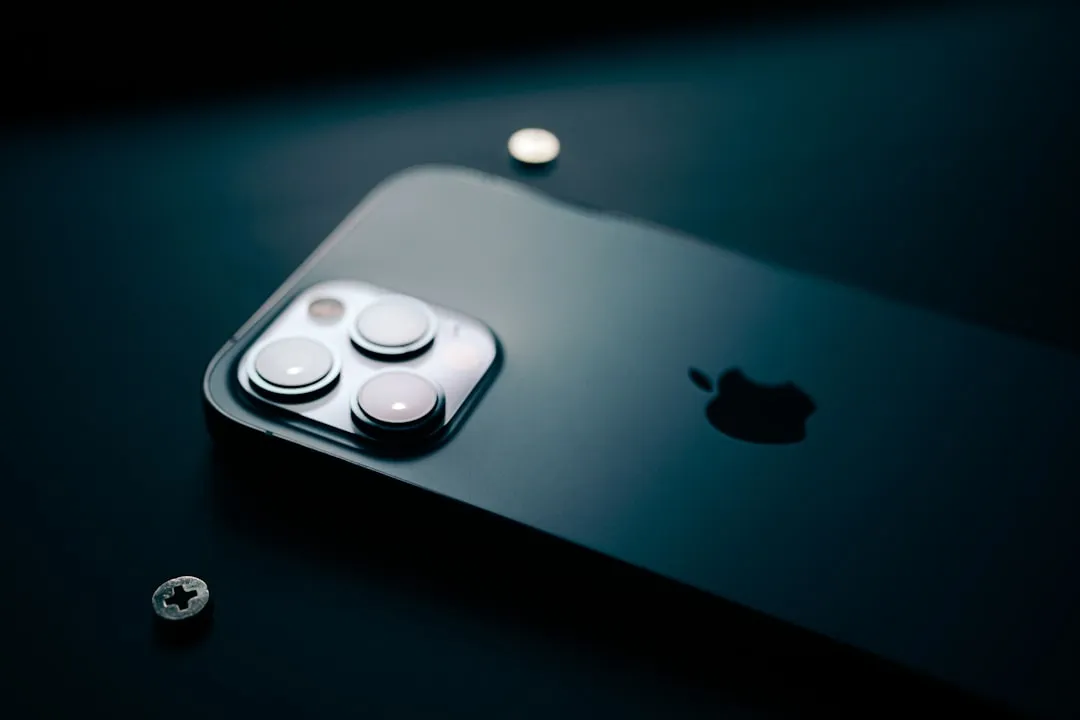
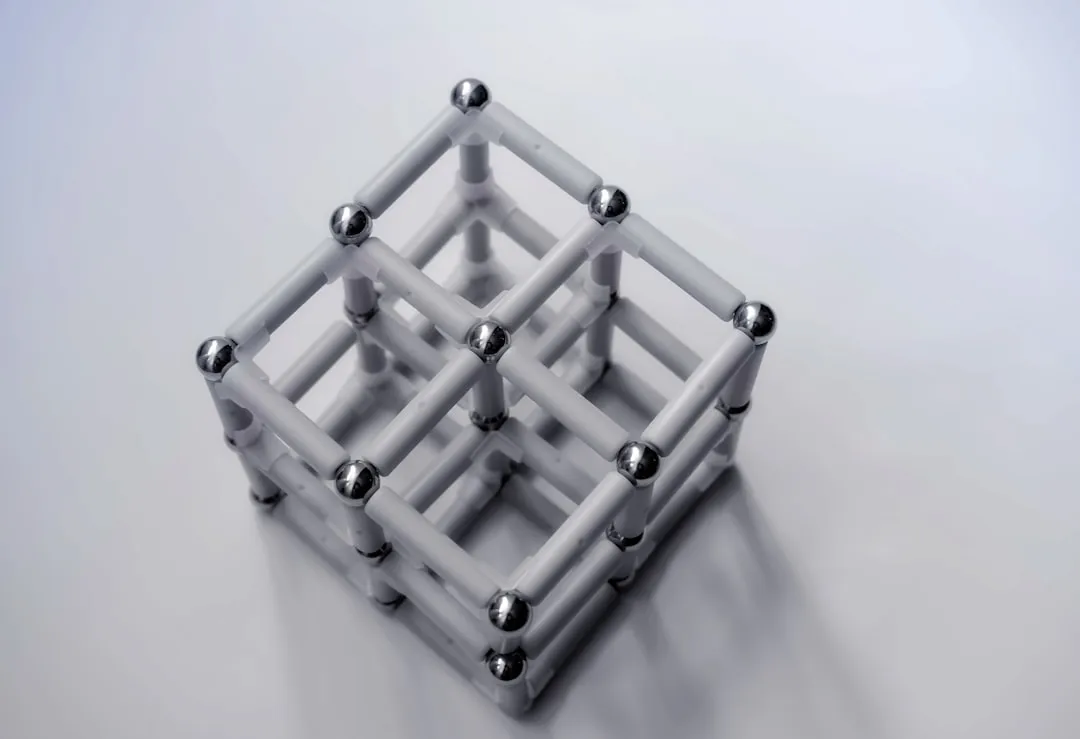
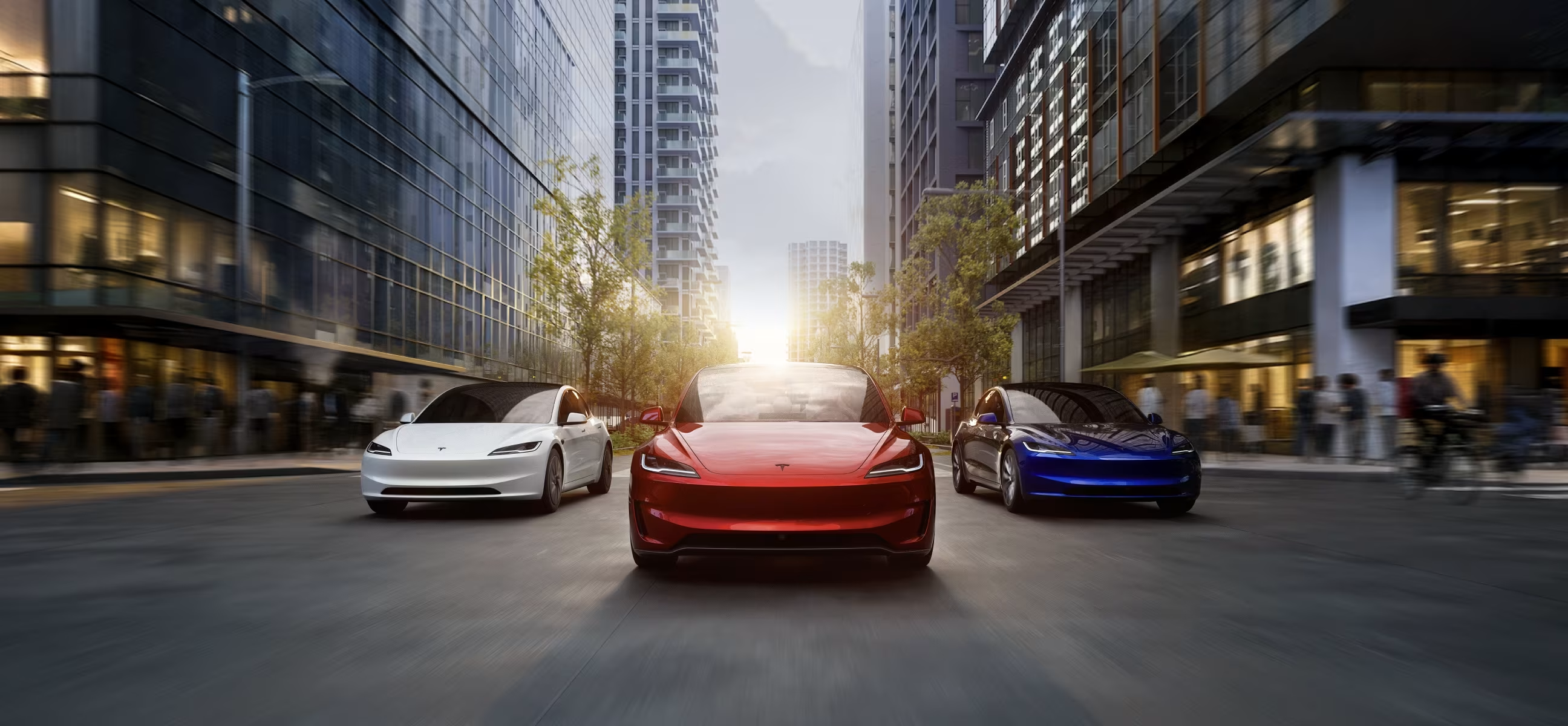
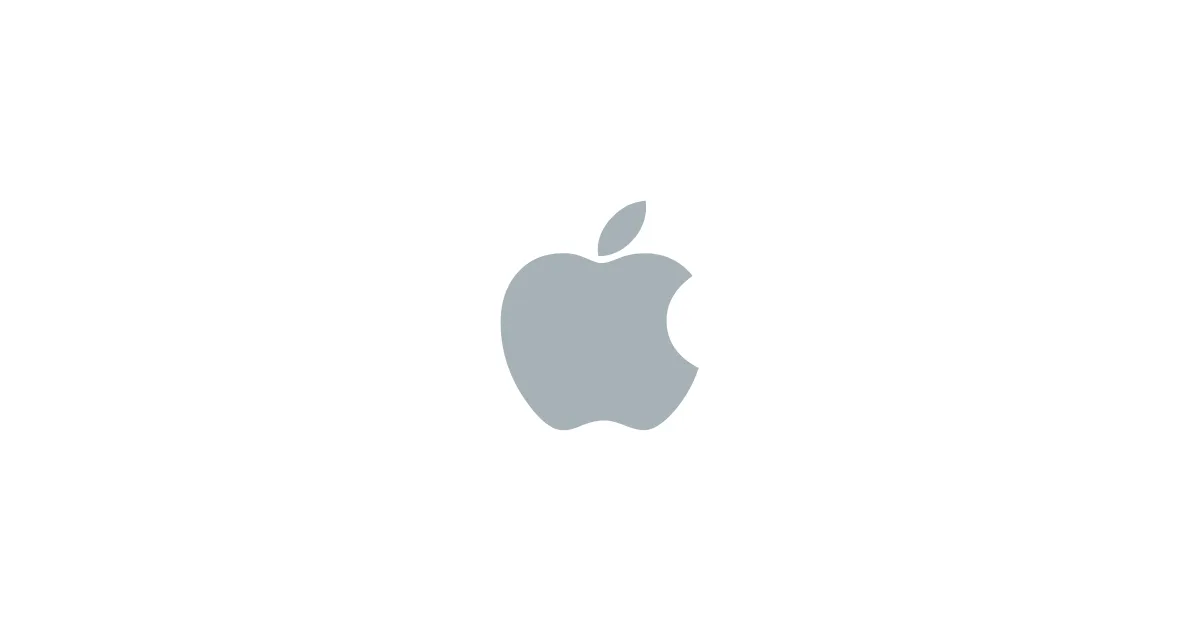
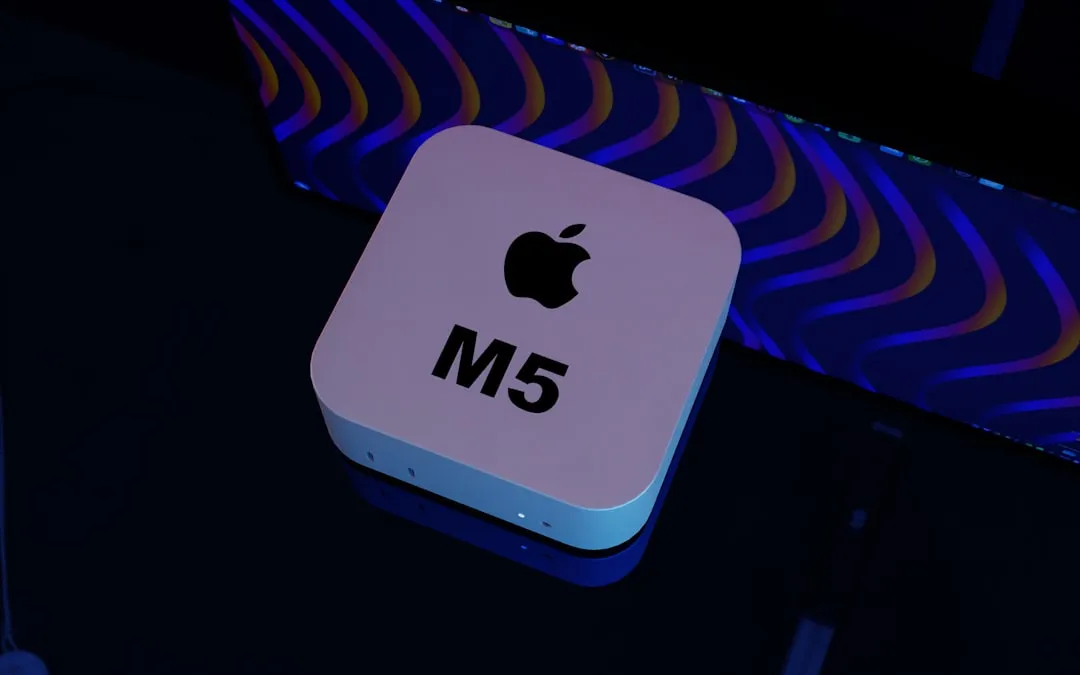
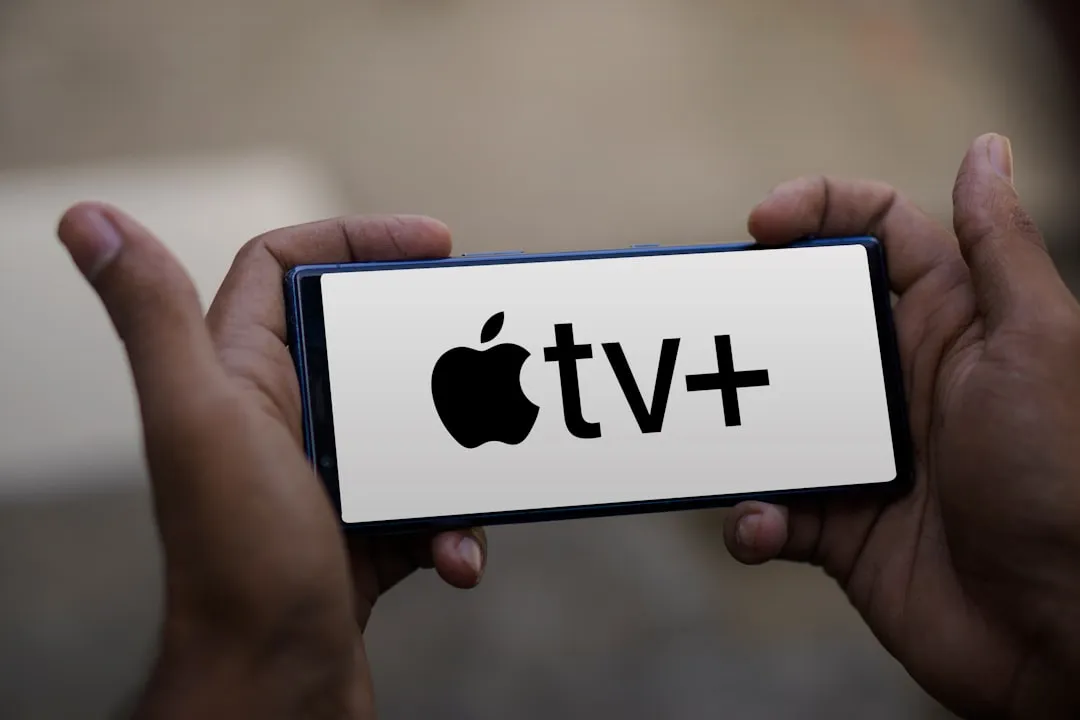
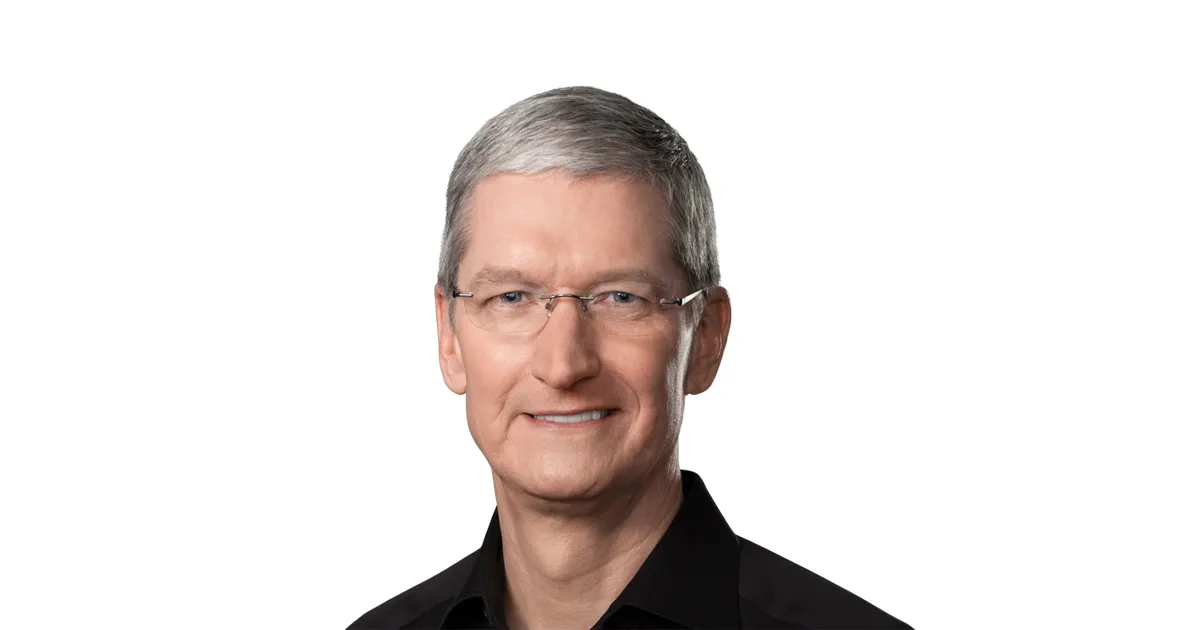
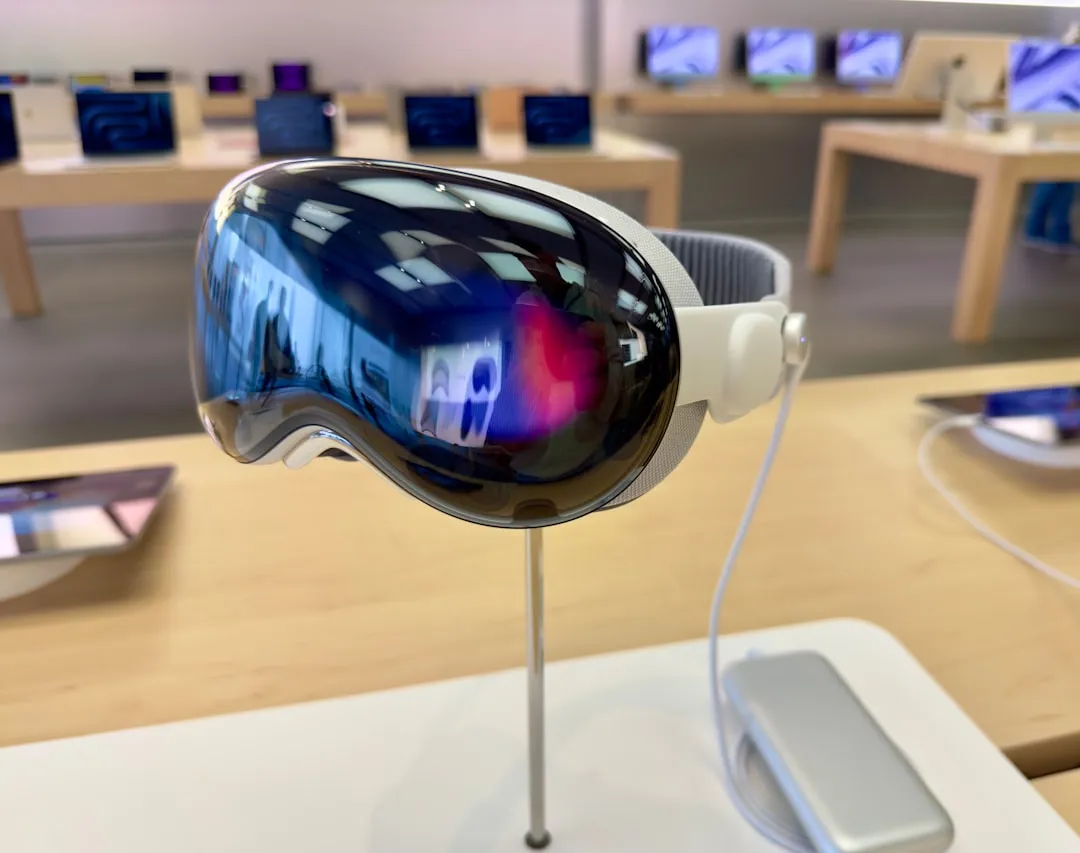
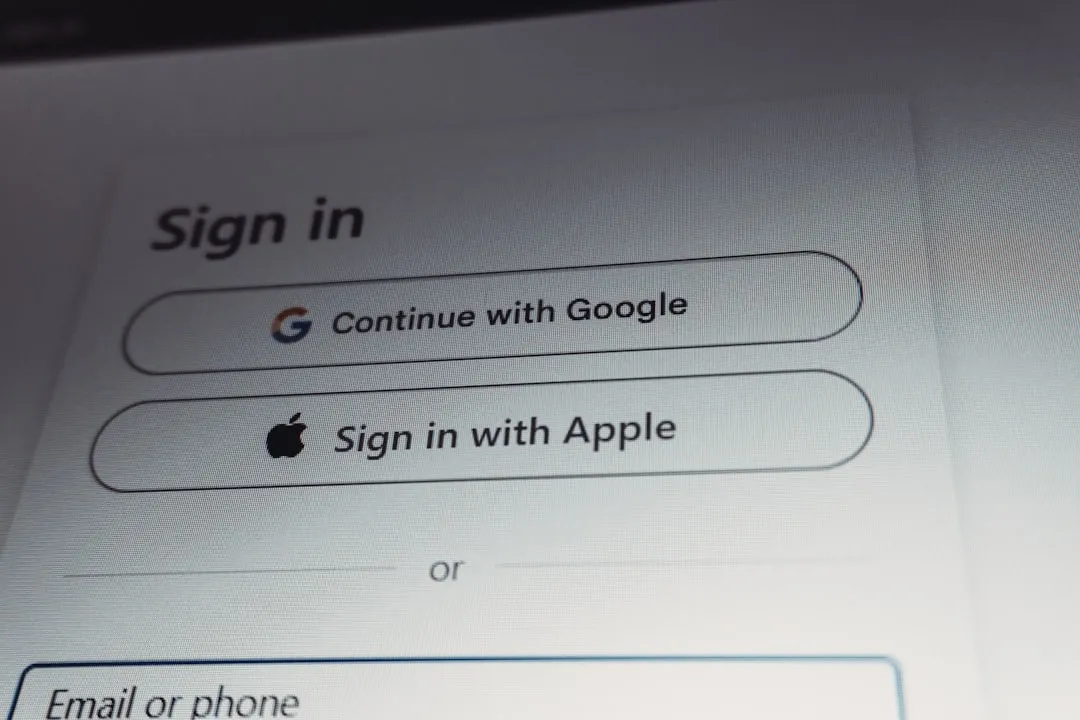
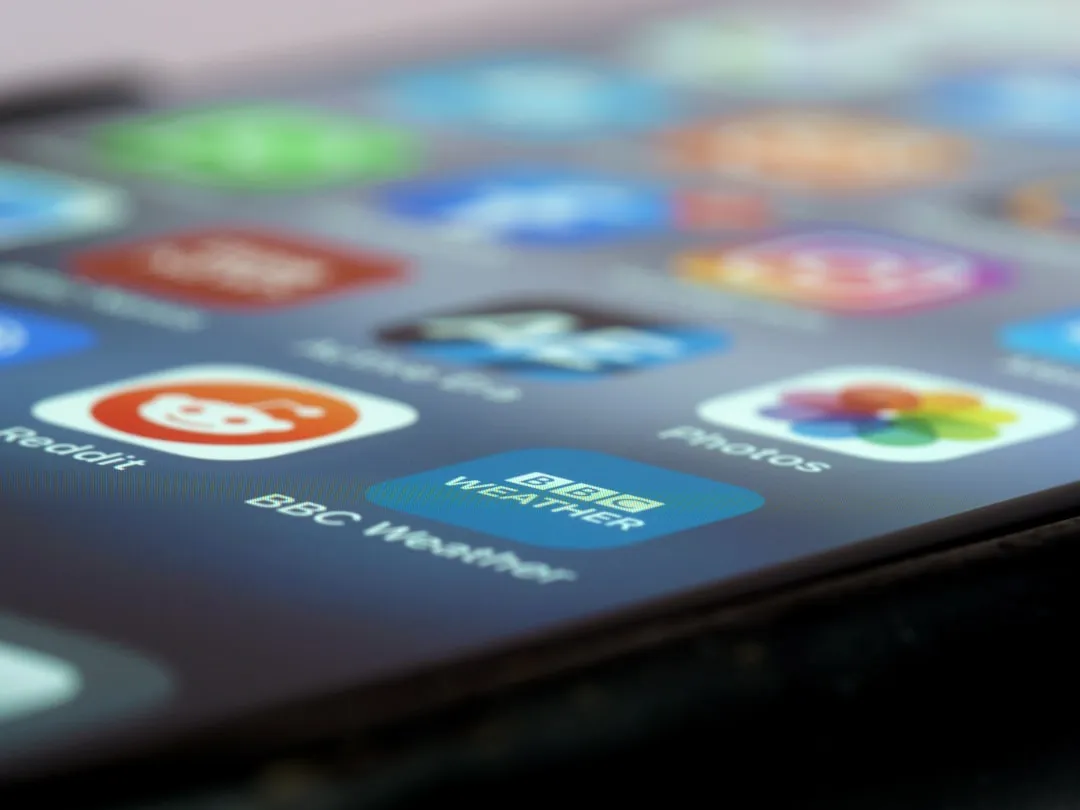
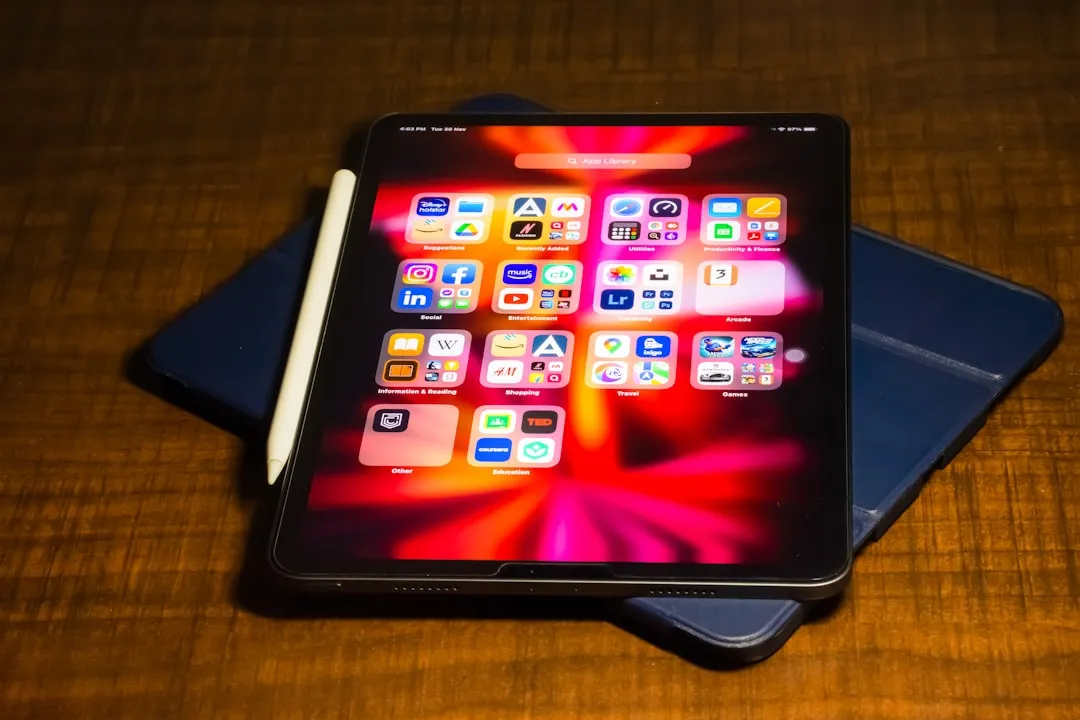
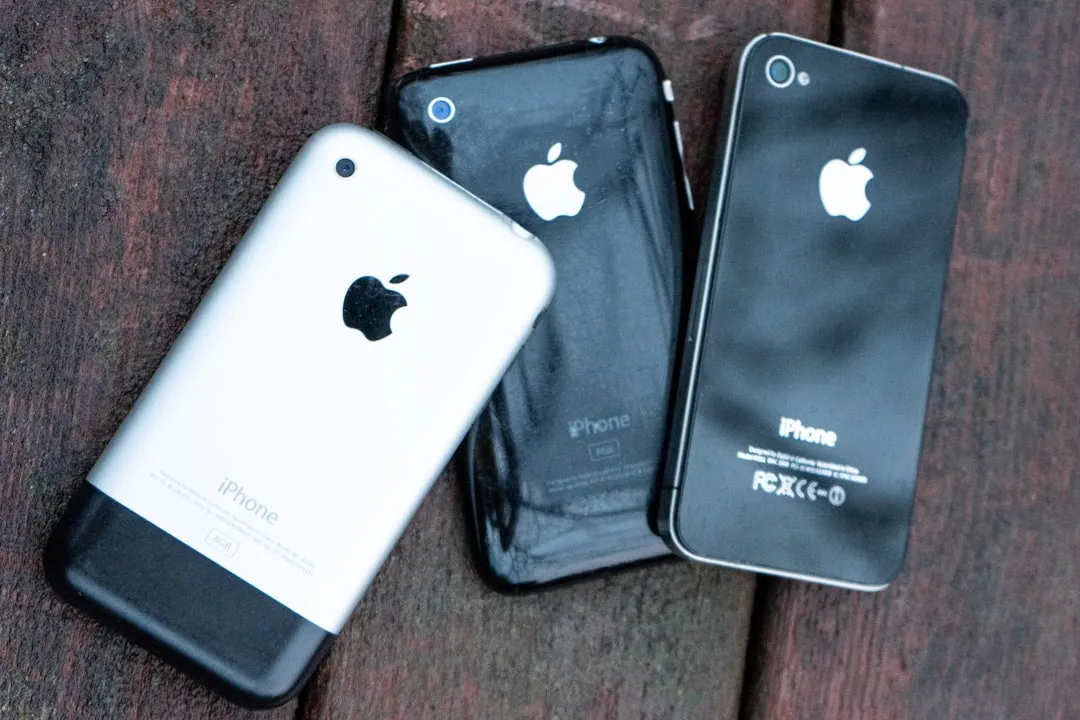
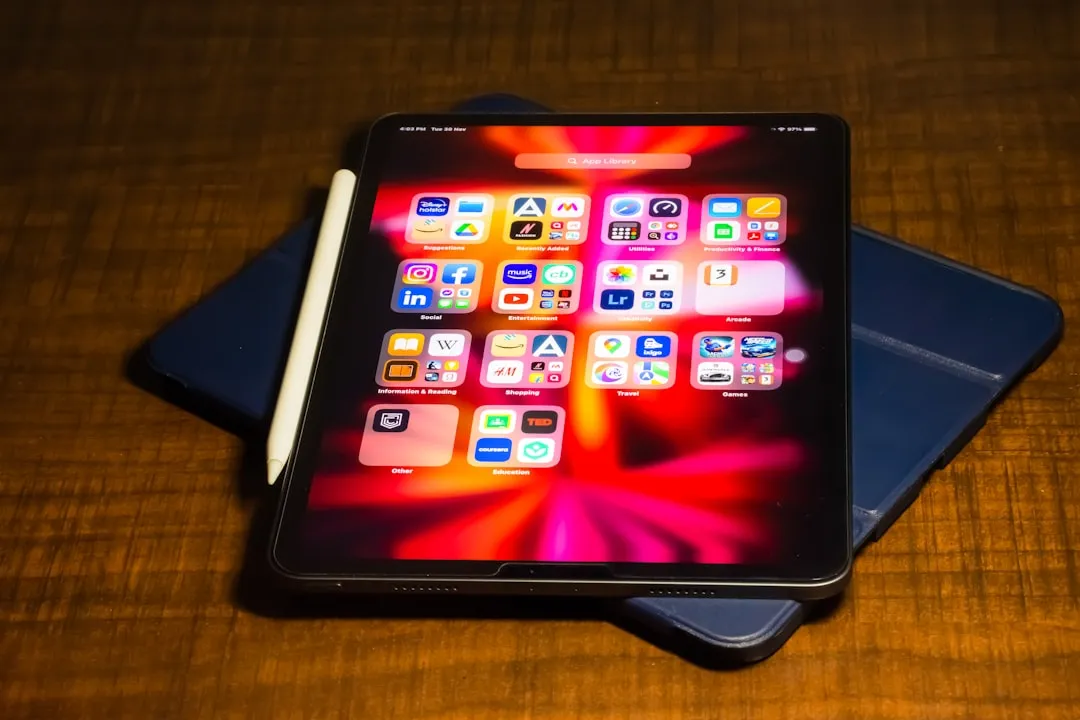

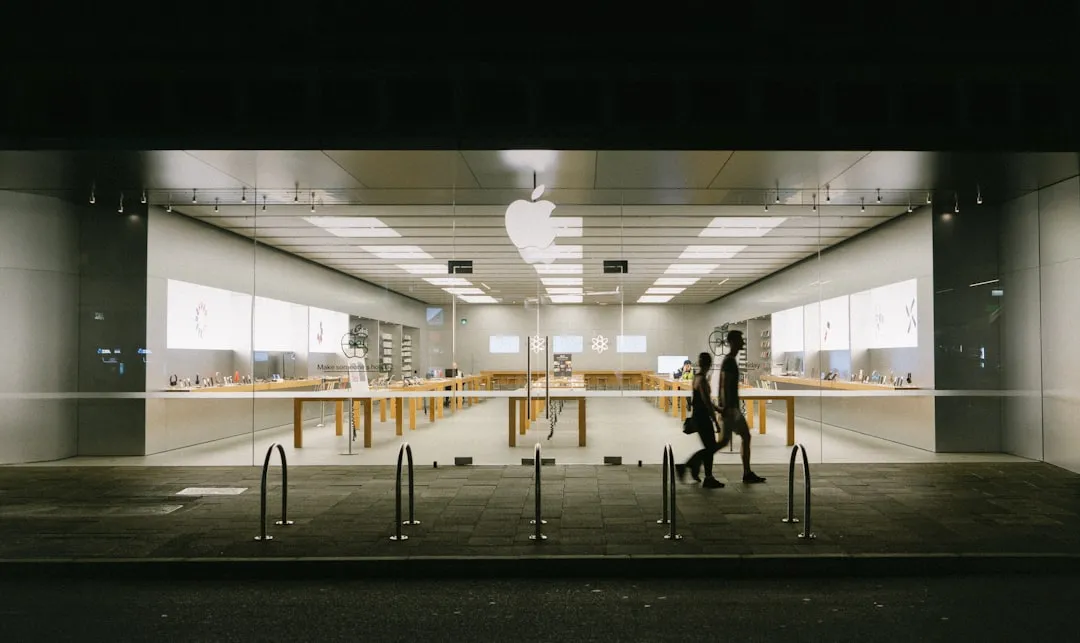
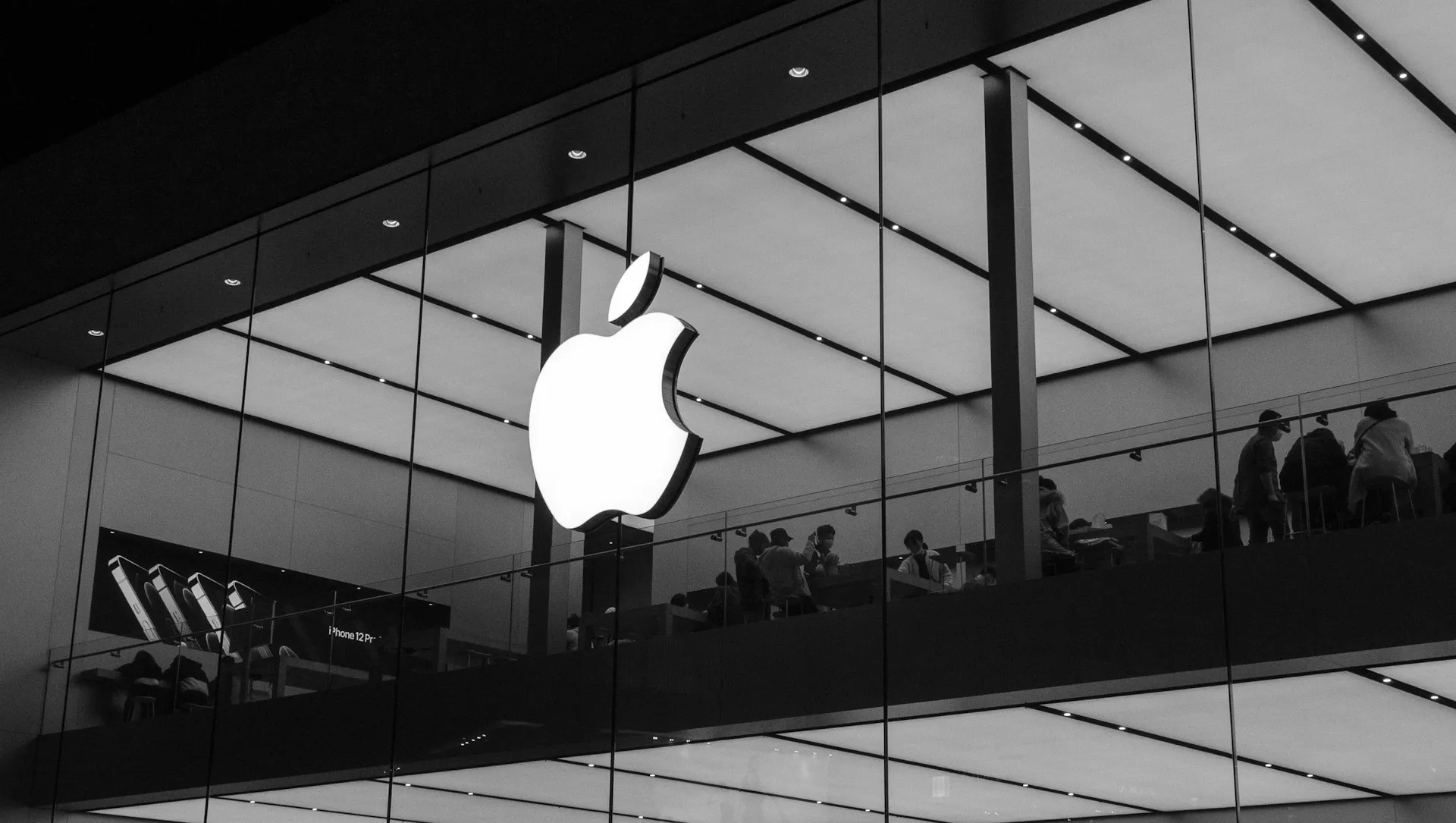
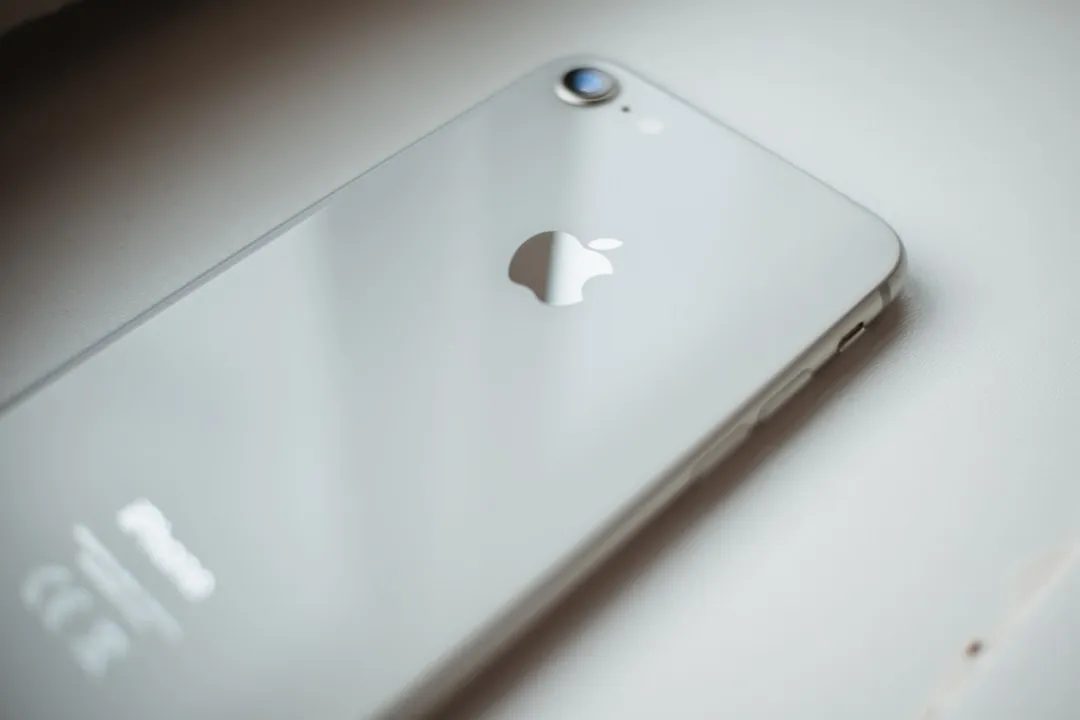
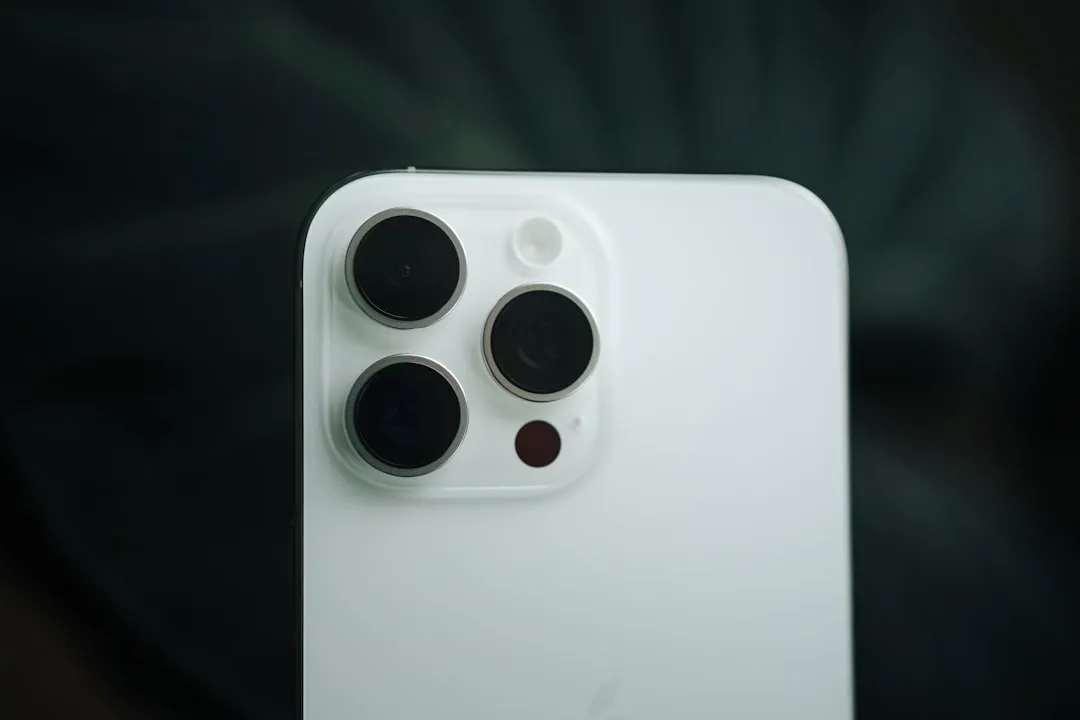
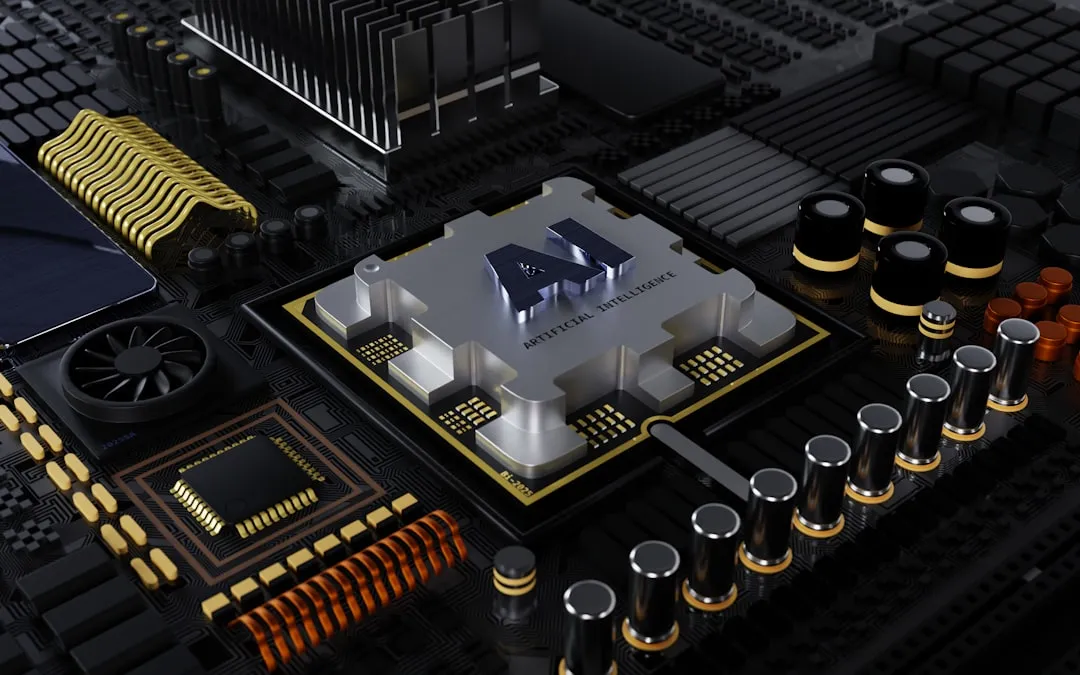
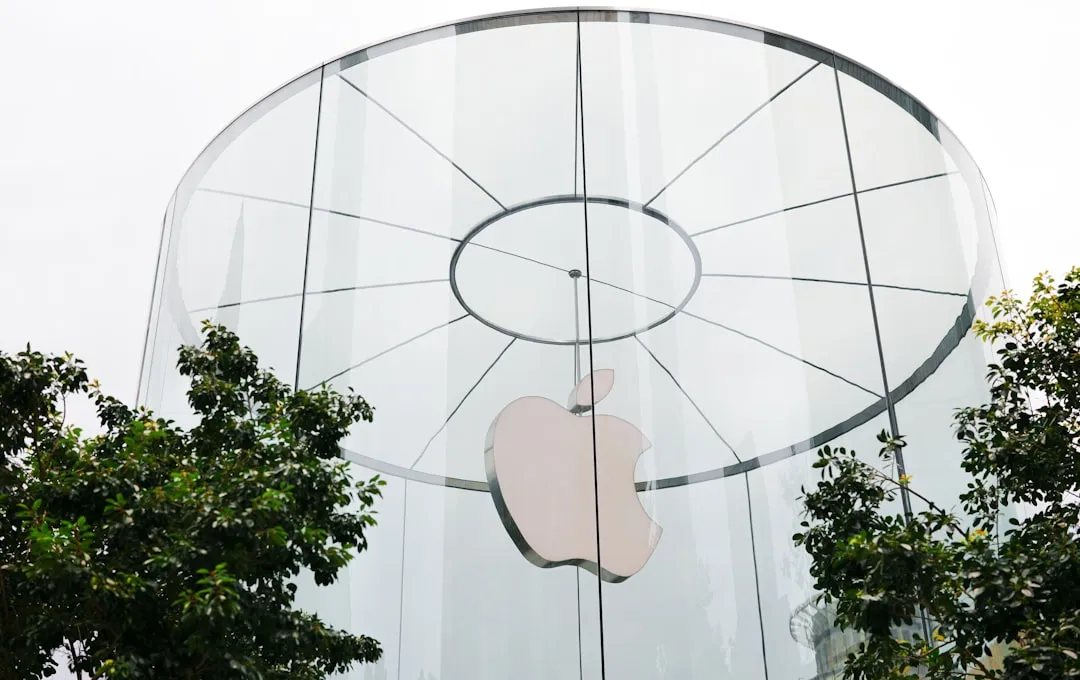

Comments
Be the first, drop a comment!